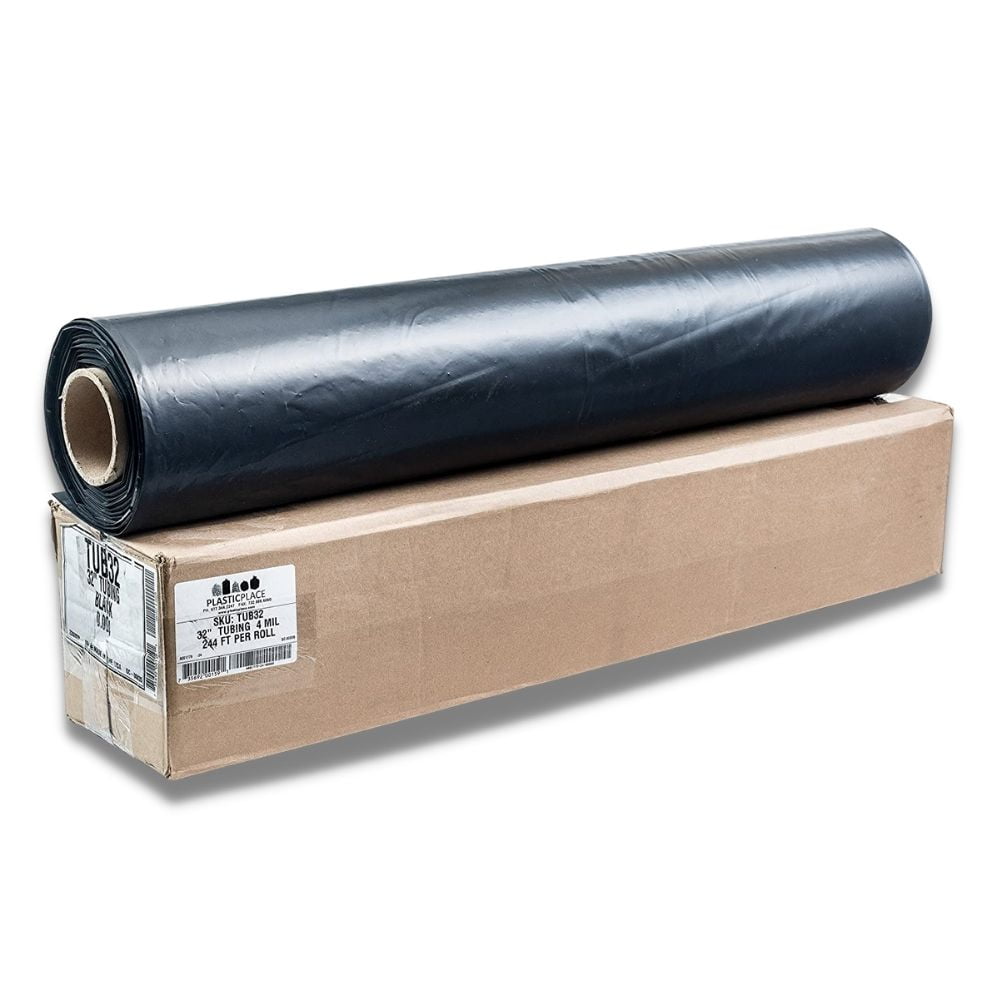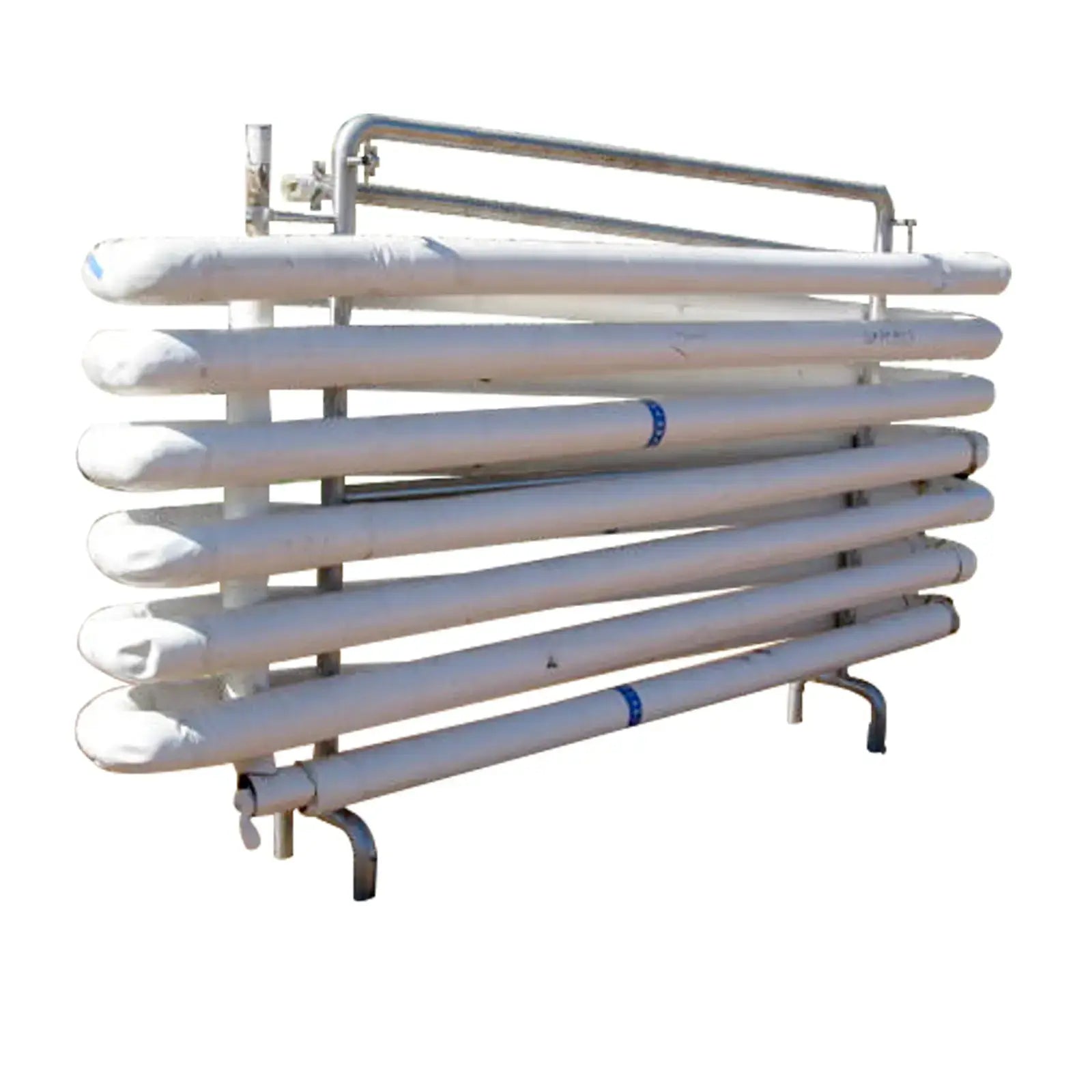Calculate Pipe Diameter, Flow Rate & Volume
Ever wonder how much water your pipes can actually handle? Understanding pipe capacity is crucial for everything from efficient irrigation to proper plumbing design. It's the cornerstone of ensuring smooth, consistent flow and preventing costly issues down the line.
Calculating pipe volume and flow rate isn't as daunting as it sounds. Whether you're dealing with a small residential project or a large-scale industrial system, a few basic formulas and conversions can unlock the secrets of your pipes. This knowledge empowers you to choose the right pipe diameter for your needs, optimizing both performance and cost-effectiveness. Let's dive into the practicalities of determining pipe capacity and explore the tools that simplify the process.
| Feature | Description |
|---|---|
| Pipe Volume Formula | (diameter/4) length |
| Units | Inches (in), Feet (ft), US gallons (US gal), UK gallons (UK gal), Liters (l) |
| Velocity Formula | V = 0.408 q / d |
| Conversion | 1 gallon = 128 ounces = 256 tablespoons |
| Flow Rate Units | Gallons per minute (gpm), Gallons per hour (gph) |
Engineering Toolbox - Pipes - Water Volume
Determining the correct pipe size is paramount for any project involving fluid transport. A pipe too small restricts flow, leading to pressure drops and potential system failures. Conversely, an oversized pipe increases material costs and installation complexity unnecessarily. The key is to find the sweet spot where flow rate, velocity, and pipe diameter are in perfect harmony.
One essential tool for achieving this balance is the pipe volume calculator. This handy tool employs the formula: Pipe Volume = (diameter/4) length. By inputting the diameter and length of your pipe, you can quickly determine its volume in cubic inches. This information is crucial for understanding how much fluid the pipe can hold and is readily convertible to gallons by dividing the cubic inches by 231.
But what about flow rate? The velocity formula, V = 0.408 q / d, comes into play here. This formula relates velocity (V), flow rate (q), and diameter (d), allowing you to calculate any one of these variables given the other two. Understanding flow rate typically measured in gallons per minute (gpm) or gallons per hour (gph) is essential for sizing pipes correctly for irrigation systems, plumbing fixtures, and other applications.
For instance, consider a scenario where you need to determine the flow rate through a 48-inch pipe. Assuming an average velocity of 10 feet per second, you can use the velocity formula to calculate the corresponding flow rate. This information will help you choose the right pump and other components to ensure your system operates at peak efficiency.
Converting between units is another important aspect of working with pipe dimensions and fluid volumes. Remember that 1 gallon equals 128 ounces, which in turn equals 2 cups. These conversions are helpful when dealing with smaller volumes, such as calculating the fluid capacity of a short section of hose. For example, a 12-foot section of 3/8-inch hose holding 11.25 ounces of fluid translates to approximately 0.0879 gallons. Scaling this up to an 85-foot section of the same hose yields a capacity of about 0.6226 gallons.
Understanding the nuances of different pipe materials is equally vital. Copper Type M, PEX tubing, Schedule 40 PVC, and Class 200 PVC all have distinct characteristics that influence their volume and flow rate capabilities. Consulting resources like the PEX Supply GPM chart can provide valuable insights into the minimum and maximum flow rates for various pipe sizes and types. For specialized applications, like those requiring oxygen barriers, Mrpex Barrier PEX tubing, which meets DIN 4726 standards, is a robust option.
Whether youre calculating the volume of a 6-inch diameter pipe spanning 8 feet or determining the appropriate PEX tubing length to hold a gallon of water (approximately 118 feet for 1/2-inch PEX), the key is to utilize the available tools and information effectively. Combining practical formulas, unit conversions, and material-specific knowledge empowers you to confidently tackle any pipe sizing challenge. From optimizing irrigation systems to designing efficient plumbing layouts, mastering the art of pipe capacity calculations ensures a smooth and successful project outcome.

Gallan's Miramichi River Tubing (2025) All You Need to Know BEFORE

Plasticplace Compactor Bag Tubing, 63 Gallons, 29" x 269 Feet of Tubing

Insulated Holding Tube 25 Gallons